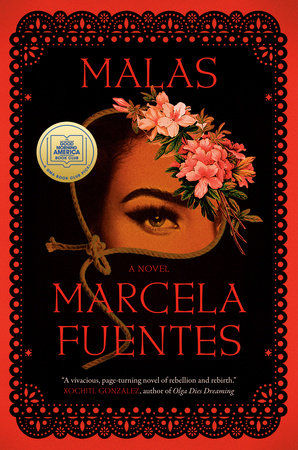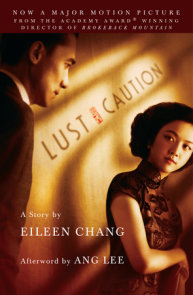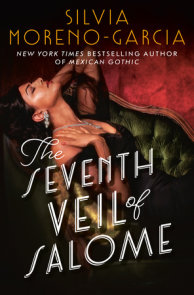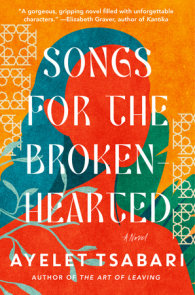READERS GUIDE
MALAS by Marcela Fuentes – Reader’s Group Questions1. The way the US-Mexico border operates in Malas differs heavily between the two timelines. In the 1950s, the hospitals, landowners, and workers all straddle the line in ways that limit Pilar’s choices. And in the 1990s, the dynamics of the Tejanos, the fresas, and the white Americans inform Lulu’s education and social life. But in both, there’s a very open sense of community and exchange across the two sides; how does that challenge the ways we think about the border today?
2. While expressly bilingual, the twin timelines show distinct feelings toward speaking English and speaking Spanish. How does language fit into Pilar and Lulu’s conceptions of the world they inhabit?
3. Fuentes constantly returns to music and its importance in the life of her characters. Between the grunge rock of Nirvana and the Tejano music of Selena, all kinds of music are represented. In Malas, how does music bring people together—in celebration, sorrow, or any other shared experience?
4. Both Pilar and Lulu grapple with their grief and loss throughout the book. While Pilar loses her children, Lulu loses her mother and grandmother; how do these tragedies mirror each other? How do the characters’ responses contract with each other and their respective places in the family tree?
5. The tales and gossip that cause Pilar’s social isolation give her an aura of intrigue for Lulu—how do these kinds of rumors damage community bonds, especially with regard to women who have had historically fewer freedoms and opportunities to navigate or escape their surroundings?
6. Pilar abandons her youngest baby in a way that invokes ancient stories like Oedipus and Moses, but mainly bases itself around the legend of La Llorona. Unlike the classic stories, La Llorona focuses on the anguish of the mother and her drive for revenge against the father of her children. In which ways does Fuentes update and expand the humanity of this figure through Pilar?
7. Consider the role that music plays in the lives of these women and their families. What do they find in the music they listen to? Where does it come from? Who introduced them to the music and how does that affect their relationship to that person and that kind of music?
8. Keeping in mind the quinceañera, music, and expectations of womanhood, how do Pilar and Lulu reject tradition while embracing their culture?
9. Through their shared family histories and generational trauma, the ripples of the tragedies in Pilar’s life affect Lulu’s relationship with her aunt, grandmother, and especially her father. In what ways do both women intentionally grapple with their families’ pasts and in what ways do they fight to stay willfully ignorant?
10. Rebellion against the status quo and patriarchal structures permeates the novel. Lulu pushes back against social norms and expectations for young women, especially when it comes to her quinceañera. Pilar fights back against tragedies created by her husband and the men around him. How to these individual battles relate to one another?
11. Keeping Lulu with Mariana and Pilar with Romi, how does Malas articulate friendship between women? How does their sense of trust, sincerity, and respect compare to other relationships?
12. How does Pilar evolve as a character across the book? Does the moment where she shares her secret with Lulu change the way you feel about her? What are some other moments that change the way you think about her?




















